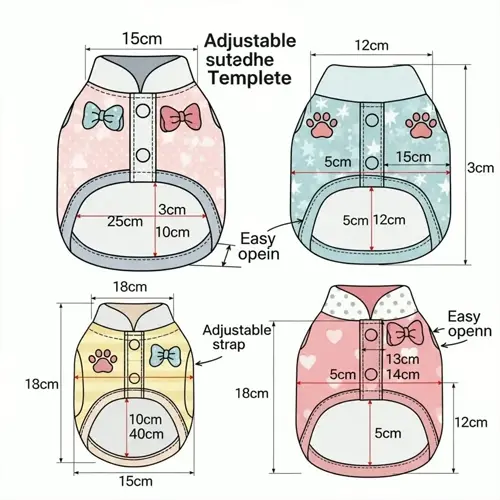What is the core principle of dog crate training?

Written by
David Smith
Reviewed by
Prof. Henry Webster, Ph.D.Using positive reinforcement when training dogs to be crate-trained helps to build a bond of trust. This method creates a safe area where dogs willingly choose to be. Dogs should never be coerced into confinement. Start slowly by offering brief stints inside the crate, using food rewards like chicken. Gradually lengthen this confinement over weeks. Make your approaches tailored to your dog's personality and needs.
Initial Introduction
- Place crate in family area with door open
- Toss treats near entrance during calm moments
- Let dog explore voluntarily without pressure
- Keep sessions under 5 minutes initially
Positive Reinforcement
- Use special crate-only treats like boiled chicken
- Reward calm behavior inside crate immediately
- Associate meals with crate placement
- Phase out treats as comfort increases
Building duration takes time. Increase confinement by just 5 minutes each day. Watch for signs of stress, such as panting. As soon as any anxiety shows, stop. Puppies require more frequent breaks than older dogs. Rescue dogs often need a slower pace of progress. Adjust the rate according to your dog.
The crate should convey safety. Make the interior inviting with bedding that smells familiar and comforting. The crate must not be associated with punishment. The dog must always want to enter the crate. For some pets, covering the crate will alleviate anxiety. Always be sure there is good ventilation. Remove collars to avoid accidents.
Tailor the paces of training to a specific breed of dog. Energetic breeds require exercise before being confined to a crate. Pheromone sprays help soothe anxious dogs. Rescue dogs may be more comfortable in open pens. Watch for signs of stress, eg, drooling. Change methods according to the dog's daily progress.
Read the full article: 10 Essential Dog Crate Training Steps

